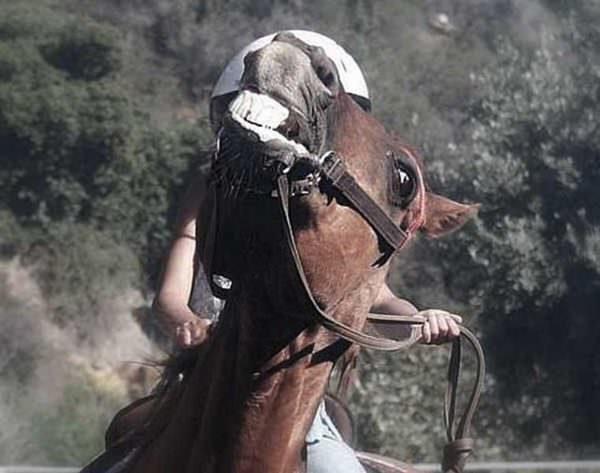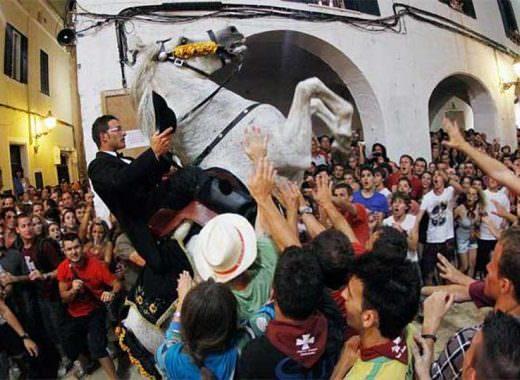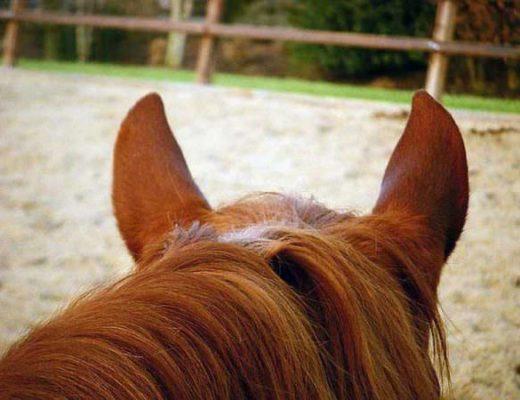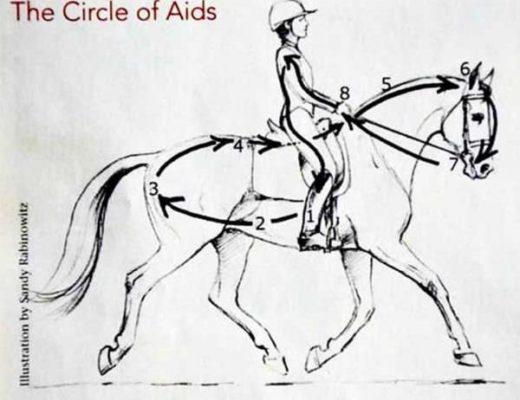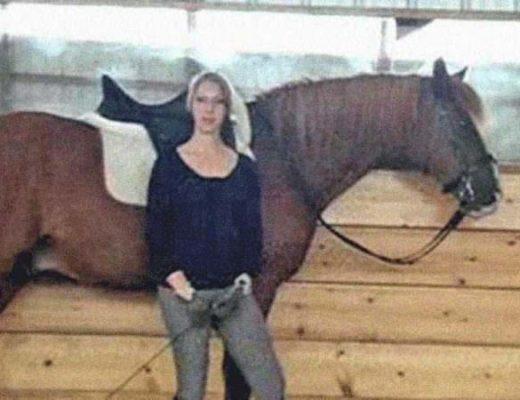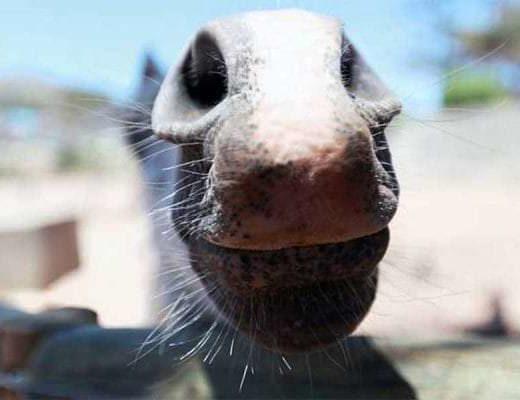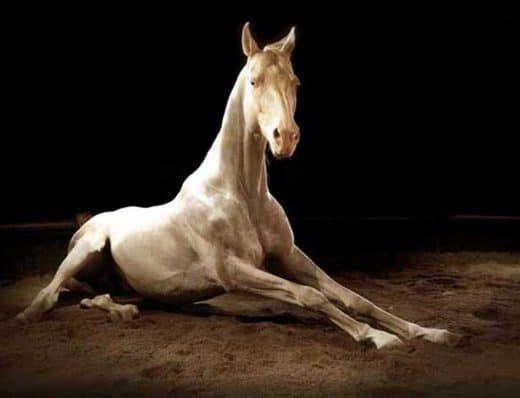Resistance in the horse can come in several forms, at times violent and on the other end of the spectrum, passive. Both forms are harmful, frustrating and a sign that the horse does not fully understand what is being asked of him. Let us take a deeper look at the forms of resistance in the horse, and how they need to be approached to restore a healthy relationship.
Resist
.noun
- To strive to fend off or offset the actions, effects, or force of.
- To remain firm against the actions, effects, or force of, withstand.
- To keep from giving in to or enjoying.
As shown, resistance includes both forceful means and passive. It is easy to see examples of this in horses, more commonly we think of resistance in the forceful manner. More difficult to work through however are the horses who take their resistance inwardly, and do no express outward with emotional outbursts. It is because they are quiet that it can be easy not to recognize their resistance, or lack of understanding. Often these are the horses which are labeled as stupid, stubborn, lazy, etc.
Symptoms
Some symptoms of resistance can include an on the following list, it is incomplete but gives some examples.
- heavy in the bridle or on the forehand
- slow to increase speed or maneuver
- slow to respond to aids in general
- slow to respond to aids, followed by an over-reaction in the wrong direction
- habits or evasions, especially running backwards, balking, rearing, bucking
- moving away from a direct rein, rather than towards
- stilted, reserved movement, or out of control speed
Some other signs of resistance include overproduction of saliva, or chomping the bit, and on the opposite end is locking the jaw. Tail swishing and a lack of relationship interest in the horse are all symptoms of resistance. Resistance to what you are asking of the horse, and resistance to the horse-human relationship.
Four resistances
There are four distinct types of resistance that the horse can display, two of which are physical, and two are mental/emotional.
- Resistance of Force
- Resistance of Weight
- Outward Resistance
- Inward Resistance
Resistance of Force
This type of resistance refers to any actions the horse may make the uses his muscular strength or effort. This can include pulling against the rein, changing bend and rooting.
Resistance of Weight
Common especially in young horses, resistance of weight is just that – when the horse uses his weight to create momentum or passive resistance against you. Traveling on the forehand falls into this category.
Outward Resistance
A mental/emotional resistance, outward resistance refers to the actions the horse makes actively to let you know that he does not understand or is not comfortable with the request you are making. Rearing, bolting, running backwards, striking, biting, not letting you catch him, and spooking fall into this category, as does over-salivating and chomping the bit.
Inward Resistance
When the horse resists inwardly, he is shutting down emotionally and mentally, to protect and preserve himself. This can be the most difficult form of resistance because it can be difficult to pull the horse outward without triggering him further. Inward resistance often includes refusing to move, moving slowly in the opposite direction desired, lack of response from aid or cue, and locking the jaw are all part of this form of resistance.
Why resist?
There can be several factors to a horse's habit of resisting. It is important for us as equestrians, to keep in mind that horses are prey animals, and we are predators in their eyes. It is natural and normal for the horse to resist our attempts to control, direct or relate to them. Often this is easily overlooked because so many horses who are bred and raised in captivity have very little of this natural resistance to humans left. In young foals it is easy to see how they resist our attempts to communicate, but depending on their experiences with humans at that young age they either learn to trust very early or they develop various forms of resistance in different amounts.
There are other influences that can further develop the horse's resistances, including abuse, advanced training too early on, injury, working through pain, poor fitting tack, and improper handling.
The horse is smart
Believe it or not, horses don't generally resist because they enjoy making our lives difficult. The truly miraculous feature of horses, is their innate tendency to obey if they understand what is being asked of them. Horses today are trained to perform in every walk of life, in huge stadiums full of people, in crowds, shooting guns off their back, pulling carriages, carts and coaches, performing in the circus, in the show ring, hunting trips and more. They perform tricks that boggle our minds at times. Working alongside other predatory animals for the sake of entertainment. We ask our horses to go against every instinct and natural reaction every day that we handle and ride them. This is the key to keep in mind, when the horse fails to obey our request, it is driven by either fear or misunderstanding.
You might ask, then what is the excuse for the one horse who constantly pulls the reins from his rider to eat grass along the trail? He is not driven by fear or misunderstanding. True, however he understands perfectly well that his rider will allow him to do that. He doesn't need fear to motivate him, and he is free from misunderstanding. He is well trained, to eat grass along the trail after pulling the reins out of his rider's hands.
Working through resistances
Of the four forms of resistance, the most difficult to work through is Inward Resistance. The reason is that the symptoms may not be very large or obvious at times. Inward Resistance needs to be approached from various angles. Because the horse is trying to shut down and disassociate with what is going on around him to some extent, the question becomes how do you work through the resistance without triggering the horse further into disassociating. One method is the use of a distraction, getting the horse to relax or move a body part before addressing the area that causes the resistance.
Inward Resistance can also cross over at times to Outward Resistance. Take a horse who shuts down for a period of time until the stimuli becomes too great for him to shut out, and then he explodes. This is a common reaction in some horses when they are first learning to get trimmed by the farrier. These explosions are often much greater than they would be in a horse who is consistently in Outward Resistance.
Outward Resistance presents many dangerous and frustrating actions on the part of the horse, while expressing his misunderstanding or fear. Often Outward Resistances are triggered by too great a stimuli, and is easy to address by slowing down, reducing your actions, taking longer to advance the horse's training.
Physical resistances, that of Force and Weight, can be addressed by two different actions. When the horse presents both resistances at the same time, Resistance of Force is always addressed first. The horse may move into a Resistance of Force when you attempt to address a Resistance of Weight, and again you always address the Resistance of Force first.
Resistance of Force is always solved through vibration or inconsistent contact. The vibrations can range from subtle (the opening or closing of the fingers) to strong (movement through the wrist), depending on the severity of the resistance. There is no pull on the rein in vibrations. It is not pull, give, pull, give. Pulling on the rein will only increase the amount of resistance that the horse presents.
Resistance of Weight is addressed through the half-halt. Because the half-halt changes the horse's posture, it realigns the way the horse carries his weight.
